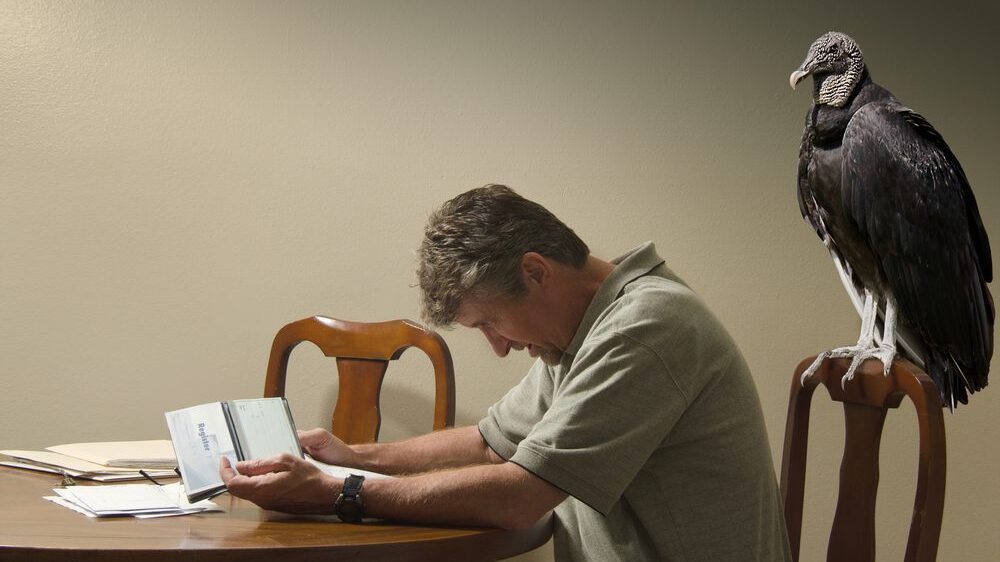Size-wise, the middle class in recession-hit Germany, until recently Europe’s economic powerhouse, is putting in a middling performance.
While it still made up 65% of the population in 2007, in 2019 it was only 63%. Those are the findings of a study by the Munich-based Ifo Institute.
The cause, as identified by the study, published on Monday, August 7th, is two-fold: the edges of the center have shrunk, both “through social advancement and social decline.”
Although the decline appears relatively slight, it is nonetheless “considerable” when put next to other European countries, explains Ifo researcher Florian Dorn, who prepared the study on behalf of the Christian Social Union in Bavaria (CSU)-affiliated Hanns Seidel Foundation:
While Germany’s middle class was still ranked 9th in 2007 and thus in the top three due to its size, in 2019 it was ranked only 14th and thus found itself in the middle.
In determining who is part of the middle class, the study’s authors used the definition as employed by the intergovernmental Organisation for Economic Co-operation and Development (OECD), of which 38 countries are members.
Germany’s middle class is slightly larger than the OECD average, alongside countries like Denmark or Slovakia.
Using OECD criteria, any person who earns between 75 and 200% of the median income belongs to the middle class. For single people in 2019, this corresponds to a disposable annual net income of between €17,475 and €46,600. For childless couples, the range was between €26,212 and €69,900.
Statistically, couples with two children belong to the middle class if they have an annual income of €36,698 to €97,860.
Interestingly, over 80% of Germans self-identify as being a member of the middle class. According to the Ifo Institute, in 2019 only around 26.1 million households—at 63%, this corresponds to less than two-thirds of all households—in fact belonged to the middle class.
The study also reveals that “with a marginal burden of around 50% of gross income under Germany’s taxation and transfer system, people with middle incomes effectively end up with only half of every euro they earn,” says Andreas Peichl, head of the IFO Center for Macroeconomics and Surveys. As a member of that socio-economic class, doing overtime and performing better therefore “only pay off to a very limited extent,” he added. The same lack of incentives exists for those with low incomes, Peichl concluded.
The considerable revenue the German state accrues from its middle class in taxes is essential for funding its welfare system, in which the nation was a pioneer.
The Ifo Institute was unable to estimate how the situation might have changed since the COVID-19 pandemic, the resulting economic downturn, and in light of Germany having lost much of its trade to Russia following the EU’s sanctions.
In 2022, it experienced a drop of 45%, to €14.6 billion, when compared to the previous year—a plunge not seen in two decades.
Those who technically still belong to the middle class are however not spared from high inflation (forecast to hover around 5.8% this year) or soaring energy costs.
A further indication of Germany’s current malaise is the fact that over two million of its citizens, among them, some belonging to the middle class, are now to some degree dependent on food banks.





